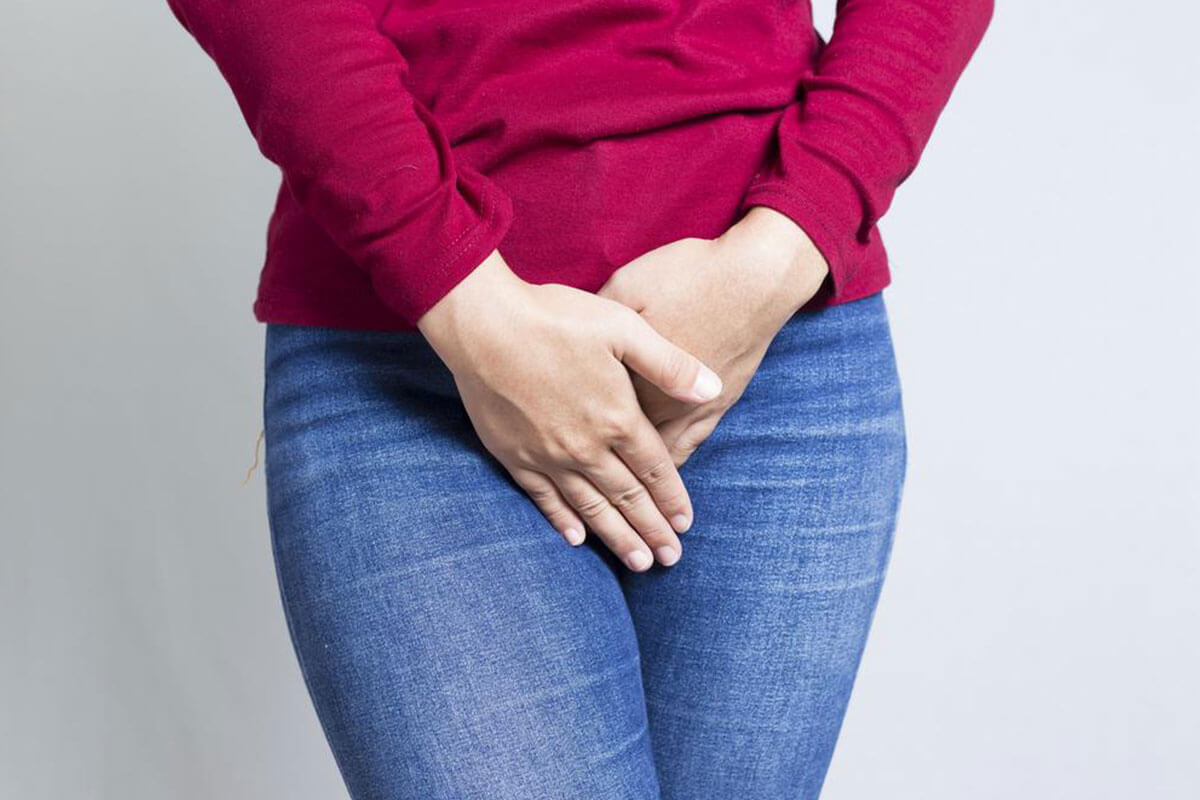Enlarged Prostate Symptoms to Watch Out For

Most men are unaware of enlarged prostate symptoms. Learn what to watch out for to get early and effective treatment.
The prostate gland is a gland that is the size of a walnut which surrounds the neck of the urinary bladder (urethra), and is located in front of the rectum and behind the bladder among males. The prostate helps in the production of semen, and is also responsible for carrying the sperm from the testicles during ejaculation.
There are various enlarged prostate symptoms that you need to watch out for. If you notice one or more of these enlarged prostate symptoms, seek medical help immediately to avoid any further complications. The following are the enlarged prostate symptoms that must never go unnoticed:
- Nocturia
Sleeping patterns change with age, and as one gets older, you may face difficulties in sleeping, for reasons unknown. Nocturia is a condition where the patient gets up more than two to three times in the night for urination. Disturbance or lack of sleep due to the frequent need to urinate is one of the initial enlarged prostate symptoms.
- Increased frequency of urination
Early enlarged prostate symptoms include frequent visits to the toilet in the day. The frequency increases especially in the middle of the night.
- Difficulty in urinating
Enlarged prostate symptoms also include difficulty and slight pain while urinating. As the prostate grows larger, it creates pressure on and causes the narrowing of the urinary bladder. This causes the urine to be pushed forcefully out of the system, thereby causing difficulties while urinating.
- Dribbling of urine
This is one of the enlarged prostate symptoms that is caused due to increasing pressure applied on the urinary tract by the enlarged prostate. This increased pressure prevents the urine from flowing easily out of the bladder, and makes it flow in a dribble or interrupted thin stream of urine instead. Dribbling of urine may at times occur even before one can go for urination.
- Feeling of incomplete urination
Often due to the obstruction caused by the enlarged prostate in the urinary tract, there are various complications that take place in the bladder. Most often, this leads to a feeling of incomplete urination even though the patient may have visited the toilet several times. Since the urethra is narrowed, some urine is still left inside the bladder and is not emptied out, which adds to the feeling of incomplete urination.
- Straining while passing urine
Enlarged prostate symptoms include excessive strain applied to the abdominal muscles in order to start urinating. This kind of unusual strain applied to the abdominal muscles can lead to other serious complications such as hemorrhoids, muscle injuries in the pelvic region or micturition syncope.
- Urinary Tract infections
Incomplete emptying of the bladder or urine retention in the bladder can result in a high risk of attracting various urinary tract infections. This is one of the most common enlarged prostate symptoms.
- Hematuria
Release of blood in the urine (hematuria) occurs when the bladder is not emptied completely and urinary tract infections develop. These infections often result in passing blood in the urine, where the urine is pink or reddish brown in color. Hematuria is one of the most alarming enlarged prostate symptoms that must not be ignored.
It is important to understand that enlarged prostate symptoms can be caused by other factors too, such as the patient’s lifestyle, certain medicines, and medical problems as well. This condition can be treated with the help of either natural remedies, medicinal therapy or through surgery depending on the growth of the prostate and the resulting damage done to the urinary tract. The ideal way to diagnose an enlarged prostate is by consulting a physician immediately if the patient experiences any of these enlarged prostate symptoms.

